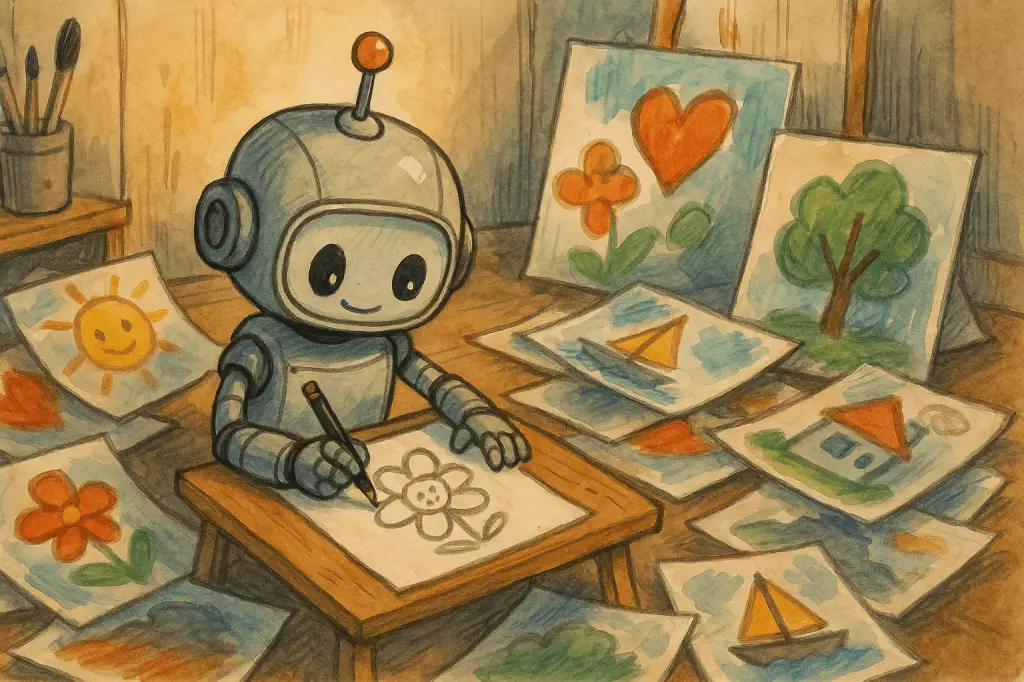In the realm of digital creativity, the integration of artificial intelligence (AI) into visual artistry marks a transformative shift. OpenAI’s groundbreaking release of the gpt-image-1 model allows businesses to incorporate Studio Ghibli-inspired images directly into their platforms, heralding a new wave of creativity. This advancement not only showcases the potential of AI generative technology but also raises pertinent questions about ownership, originality, and the evolution of artistic expression.
The beauty of the gpt-image-1 model lies in its versatility. Capable of generating high-quality images that adhere to specific guidelines, the model opens up a treasure trove of possibilities for various industries. Whether used for marketing campaigns, product designs, or digital storytelling, businesses can now harness a powerful tool that streamlines the creative process while enhancing visual engagement.
The Financial Landscape of Image Generation
As OpenAI introduces this innovative API, the pricing structure reflects both the quality and demand for its services. Text input tokens are priced at $5 per million tokens, while image input tokens are significantly higher at $10 per million. The steep cost of generated images—$40 per million tokens—induces contemplation about the feasibility of AI-driven art in everyday business practices. In comparison, competitors like Stability AI and Google’s Imagen provide more accessible credit-based models that can facilitate broader use, suggesting a competitive edge that OpenAI might need to address.
Pricing and accessibility are vital components in determining if and how businesses will integrate this technology. While the novelty of AI-generated images captivates attention, the economic implications could serve as barriers, especially for smaller enterprises that may find traditional visual production more approachable due to lower associated costs.
The Impact of Popularity on Performance
The overwhelming success of the AI image creation feature within ChatGPT, which reportedly attracted over 130 million users generating 700 million images in just one week, speaks volumes about the appetite for such technology. However, this sudden influx also presented operational challenges for OpenAI. CEO Sam Altman humorously noted that the company’s GPUs were “melting” under the strain of demand.
Such a phenomenon highlights a double-edged sword—while user interest drives technological advancements and investment, an unsustained surge can lead to practical issues, disrupting user experience. The question arises: how can companies adequately scale their infrastructures to meet such rapid growth in interest? OpenAI’s experience serves as a critical case study for the implications of popularity on software performance, prompting all tech companies involved in AI to consider their capacity and scalability plans.
The Quest for Authenticity and Ownership
As AI-generated content surges in popularity, underlying ethical and philosophical questions emerge. The infusion of metadata from the Coalition for Content Provenance and Authenticity (C2PA) into generated images is a crucial step toward transparency in AI art. This feature asserts ownership and verifies the authenticity of AI-generated content, distinguishing it from traditionally created artwork.
However, this raises complex issues regarding intellectual property rights and the nature of creativity itself. As businesses use AI to produce visual content, they must consider the potential repercussions of relying on models that digest existing styles, like those from Studio Ghibli. Creating content that echoes these beloved animations brings joy to many but simultaneously treads the line of originality and inspiration. This dilemma compels deeper examination of what constitutes creativity in an age increasingly dominated by machine-generated pieces.
Enterprise Adoption and Adaptation
Several enterprises are already leveraging the gpt-image-1 model for their creative projects. The partnership possibilities are extensive; for instance, Canva’s initiative to integrate this model into their Magic Studio Tools exemplifies how user-friendly platforms can ramp up their offerings. Similarly, GoDaddy’s exploration of image generation for logo creation is indicative of a broader trend where businesses seek efficiency and innovation through AI.
Airtable’s advancements in asset management using AI-generated images illustrate the operational efficiencies such technology can provide. By seamlessly integrating gpt-image-1 into their ecosystems, businesses are not just adapting to changes in technology but embracing a transformative cultural shift within their creative practices.
The confluence of AI and artistry opens an exciting yet complex conversation about the future of creative industries, one that will define the role of technology in human expression. As we embark on this journey, the landscape of creativity is set to evolve, driven by innovation and enriched by the human experience.


Leave a Reply